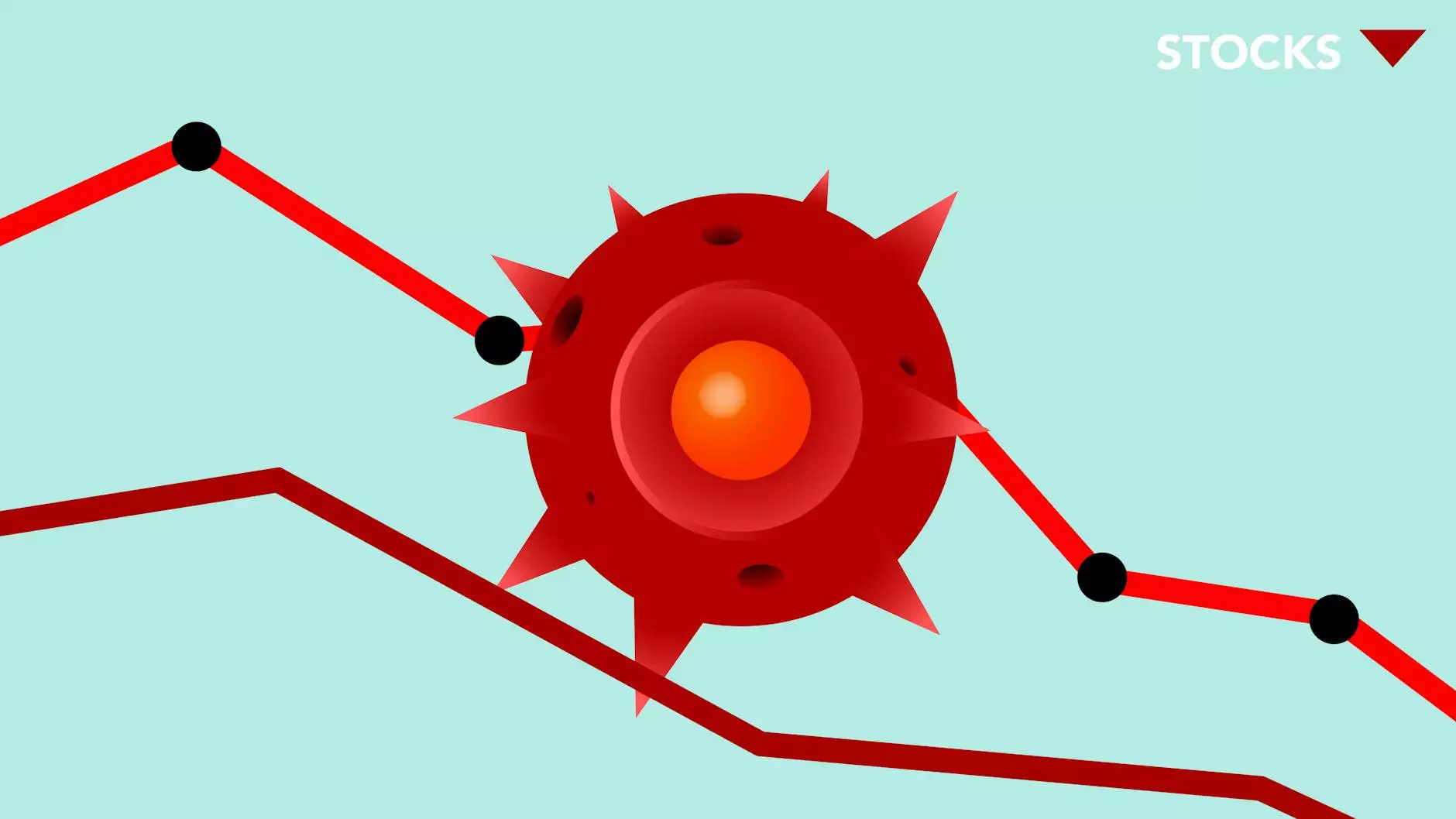Differentiate Between Microeconomics And Macroeconomics

Welcome to SEO Company Kansas City!
The Importance of Understanding Microeconomics and Macroeconomics
When it comes to the field of economics, two branches play a crucial role in analyzing and understanding the functioning of markets and economies - Microeconomics and Macroeconomics. These two disciplines provide valuable insights into economic behavior at different levels, enabling individuals and businesses to make informed decisions.
What is Microeconomics?
Microeconomics focuses on understanding the behavior of individual economic agents such as households, firms, and consumers. It examines how individual decisions, choices, and market interactions impact resource allocation, prices, and overall market equilibrium. By studying microeconomics, we gain a deeper understanding of the fundamental building blocks of the economy.
Key Concepts in Microeconomics
In microeconomics, several key concepts help explain how individuals and businesses make economic decisions:
- Supply and Demand: Microeconomics analyzes how supply and demand interactions determine prices and quantities exchanged in a market.
- Elasticity: Elasticity measures the responsiveness of quantity demanded or supplied to changes in price, income, or other factors.
- Consumer Behavior: Understanding consumer preferences, utility maximization, and decision-making processes is essential in microeconomics.
- Production and Cost: Microeconomic analysis explores how firms determine production levels and manage costs to maximize profits.
What is Macroeconomics?
Macroeconomics, on the other hand, deals with the aggregate behavior of the economy as a whole. It focuses on studying indicators like GDP (Gross Domestic Product), inflation rates, unemployment, and overall economic growth. Macroeconomics helps us comprehend the functioning of an entire economy, encompassing various sectors and their interrelationships.
Key Concepts in Macroeconomics
Macroeconomics encompasses several essential concepts to analyze and understand the overall state of the economy:
- Aggregate Demand and Supply: Macroeconomics examines the combined demand and supply of goods and services in an economy.
- Fiscal and Monetary Policies: Governments and central banks implement policies to influence economic conditions, such as taxation, government spending, and interest rates.
- Business Cycles: Macroeconomic analysis explores fluctuations in economic activity, including recessions, expansions, and growth periods.
- Unemployment and Inflation: Macroeconomists study the impacts and causes of unemployment and inflation within an economy.
Distinguishing Between Microeconomics and Macroeconomics
While microeconomics and macroeconomics are interconnected, several key differences set them apart:
- Scope of Analysis: Microeconomics focuses on individual decisions and market interactions, whereas macroeconomics examines the entire economy.
- Level of Aggregation: Microeconomics analyzes specific units such as households or firms, while macroeconomics deals with aggregate variables.
- Research Methods: Microeconomics often relies on laboratory experiments and individual-level data, while macroeconomics utilizes statistical and econometric analysis of aggregate data.
- Policy Implications: Microeconomic analysis provides insights for businesses and individuals, whereas macroeconomics informs policies and decisions made by governments and central banks.
Why Understanding Microeconomics and Macroeconomics Matters
Gaining a comprehensive understanding of both microeconomics and macroeconomics is essential for various reasons:
- Efficient Resource Allocation: Microeconomics helps individuals and firms make optimal resource allocation decisions based on prices, costs, and market conditions.
- Business Strategy: Knowledge of microeconomic principles enables businesses to determine production levels, pricing strategies, and market entry or exit decisions.
- Government Policy: Macroeconomics aids governments in formulating effective fiscal and monetary policies to promote economic stability, growth, and improve living standards.
- Global Economic Trends: Understanding macroeconomic indicators allows individuals and businesses to anticipate trends in the global economy and adapt accordingly.
Conclusion
In conclusion, microeconomics and macroeconomics are two indispensable branches of economics that contribute to our understanding of how individuals, businesses, and economies operate. While microeconomics focuses on individual behavior and market interactions, macroeconomics examines the overall performance and behavior of the entire economy. A deep comprehension of these branches provides valuable insights for decision-making, whether at the micro or macro level.
If you require further assistance or would like to learn more about our SEO services, please contact SEO Company Kansas City today.










